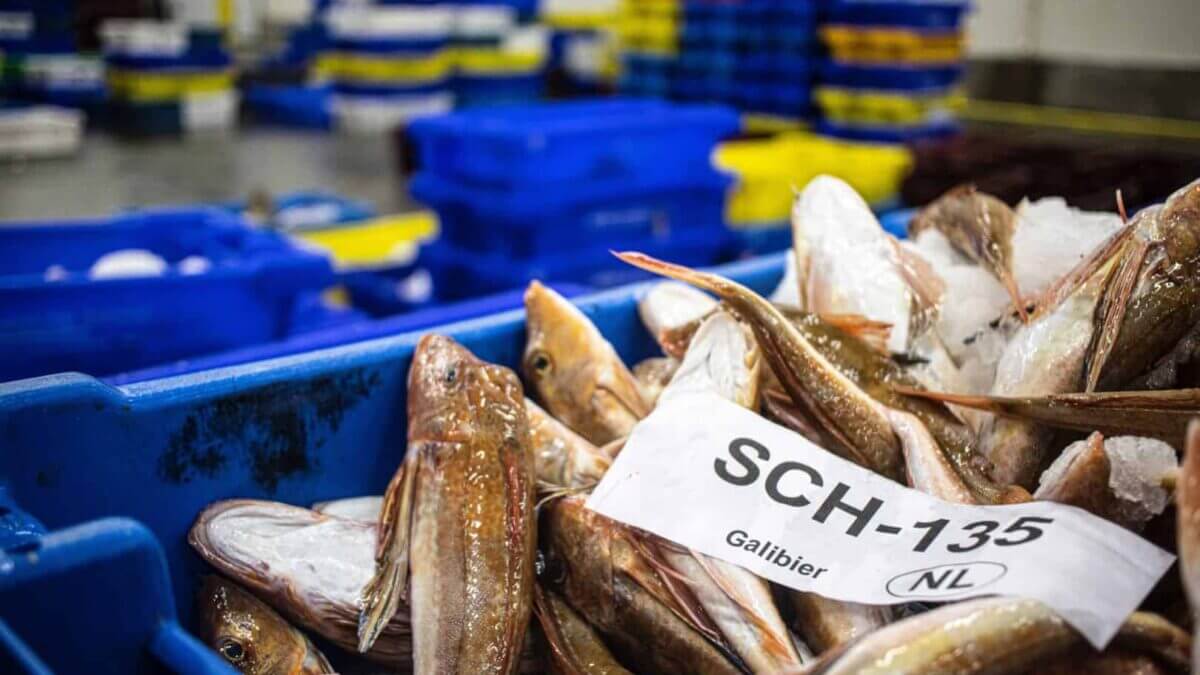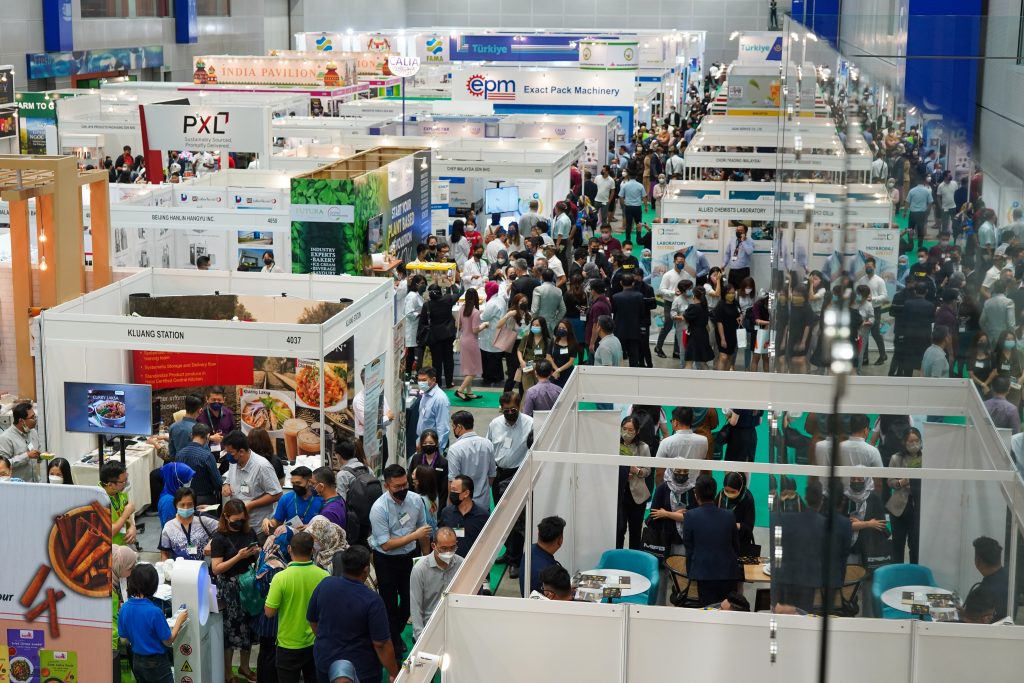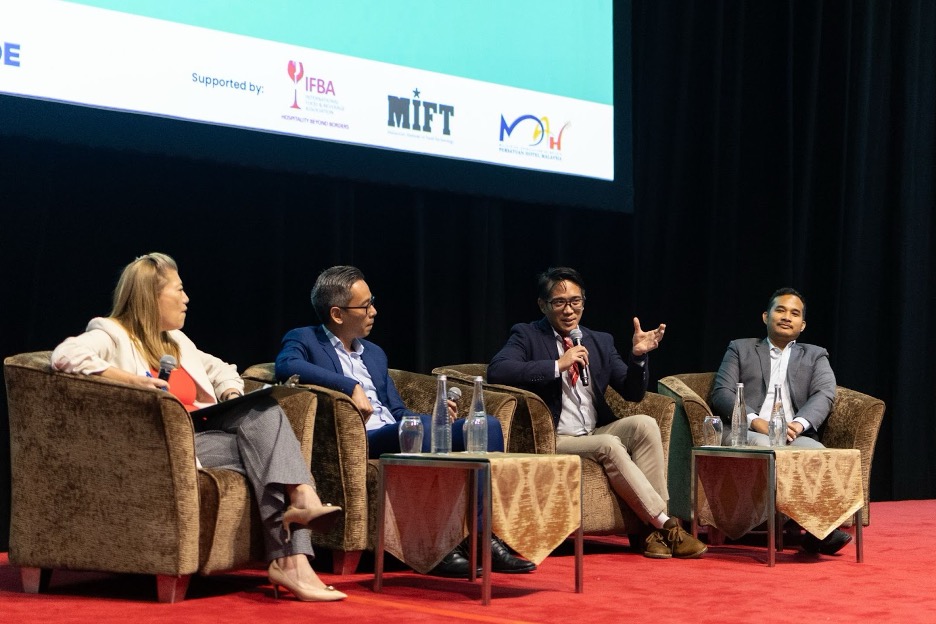Fish and other seafood are a principal source of protein in the Malaysian diet. Nationally, the fishing industry generates lots of jobs (especially for the rural community) and revenue for the nation. It is safe to say that fisheries are the foundation for Malaysia’s coastal area’s social development.
The Malaysian fisheries sector was valued at RM14.3bi in 2017, an increase of 10.1% compared to 2016. This was almost double the value from 10 years ago and shows just how important this industry is.
Traditionally, fresh seafood is the most important fish product that was consumed but in recent years, supply and demand for processed seafood products have increased. The production of processed fish fillets, shellfish, and other seafood in the “ready to eat” form has seen an increase in volume. Overall, the food processing sector accounts for about 10% of Malaysia’s manufacturing output and is dominated by small and medium scale enterprises (SME).
The nation’s fish processing sector is export-oriented and includes the processing of prawns, frozen products, canning of fish and the production of surimi and surimi products.
In the Industrial Malaysian Plan 2006-2020 (IMP3) period, the food processing industry’s target for investment has been set at RM24.6bil.

The Fisheries Development Authority of Malaysia (LKIM) said in 2017, processed seafood was Malaysia’s biggest export in the seafood and fisheries industry, and valued at more than RM1.2bil. To see just how much the industry has grown since then, the Malaysian Investment Development Authority (MIDA) says our total exports of fish and other seafood have exceeded RM2.5bil per annum. According to them, the production from the fishery sector includes 80.5% from marine catchments and 19.5% from aquaculture, with shrimp and brackish-water fish making up the bulk of the production.
The availability of seafood supply depends on the number of fishing vessels and the quantity of the catch. However, losses can happen due to poor handling, storage, and transportation.
Most aquaculture farms in Malaysia are involved in prawn farming and processing and largely for the export market. Some companies have moved into the production of higher value-added products including breaded and battered products, as well as food supplements.
Though a lot smaller than the shellfish processing sector, seaweed processing is an important sub-sector in East Malaysia. Worldwide, there are 42 countries involved in commercial seaweed activity. Sabah is the only state in Malaysia that is commercially producing seaweed, with seaweed processing mills also located there.

Although the seafood industry in general aims to provide food security to the nation, it was found that four Southeast Asian countries have diverted almost 40 million tonnes of fish towards fishmeal production in the past six decades.
SMEs dominate the fish processing industry and the availability of raw materials is essential to produce food processing products.
Unfortunately, the main problem faced by the SMEs food processing industry in Malaysia which is raw materials is of substandard grades because of inconsistency in the supply and availability of suppliers.
Despite this challenge, Business Insider reported that private sector firms are confident that Malaysia can continue to be an industry leader in food manufacturing.In the 2017 article, these firms believe the country’s position can be further solidified if certain key issues, such as manpower, are addressed. The fact that busier lifestyles and rising disposable incomes have led to the growing popularity of convenience food is also a sure driving factor for the growth of the seafood processing industry. Looking to explore the seafood and fishery segment? Visit MIFB 2021 to get your question answered.



